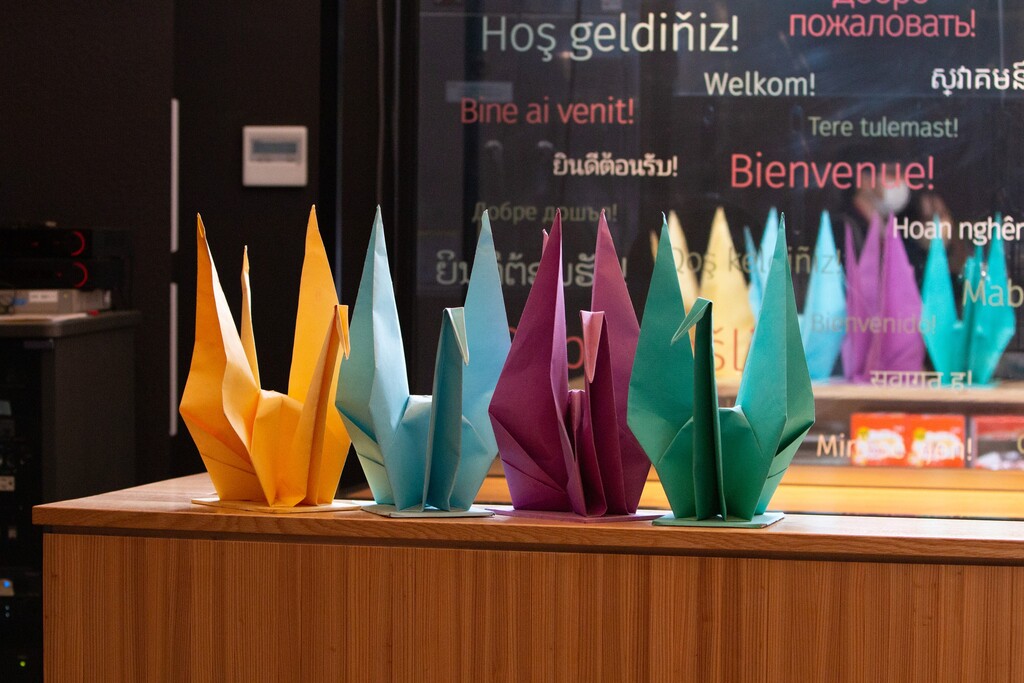
Please feel free to contact us regarding reservations for Japanese culture workshops, vegetarian restaurants, etc.

We will respond within 65 minutes.
Hiroshima city — Atomic Bomb Dome
Location
Hiroshima
Cuisine
Museum
Make a Reservation
from -
CULTURE WORKSHOP Details
The Genbaku Dome (原爆ドーム), also known as the Atomic Bomb Dome, is one of Hiroshima’s most iconic landmarks and a powerful symbol of peace. It is part of the Hiroshima Peace Memorial Park and a UNESCO World Heritage Site.
この投稿をInstagramで見る
Overview
- Name: Genbaku Dome (原爆ドーム) / Atomic Bomb Dome
- Location: Hiroshima City, Hiroshima Prefecture, Japan
- Significance: Preserved ruins of the Hiroshima Prefectural Industrial Promotion Hall, which was near ground zero of the atomic bombing on August 6, 1945.
この投稿をInstagramで見る
History
- Pre-Bombing:
- Built in 1915 as the Hiroshima Prefectural Industrial Promotion Hall, it was designed by Czech architect Jan Letzel. The building was used for exhibitions and government functions.
- Atomic Bombing:
- On August 6, 1945, the United States dropped an atomic bomb over Hiroshima. The building was only about 160 meters from the hypocenter and was heavily damaged but not completely destroyed due to the downward blast force.
- The skeletal remains of the dome survived, becoming a symbol of the devastation caused by nuclear weapons.
- Preservation:
- Efforts to preserve the ruins began shortly after the war. In 1996, the site was designated a UNESCO World Heritage Site as a reminder of the horrors of war and a call for peace.
この投稿をInstagramで見る
Features
- Ruins:
- The structure features exposed steel and crumbling brick walls, showcasing the destructive power of the atomic bomb.
- The iconic dome’s steel framework remains intact, symbolizing resilience and remembrance.
- Peace Memorial Park:
- The Genbaku Dome is part of the larger Hiroshima Peace Memorial Park, which includes the Peace Memorial Museum, Children’s Peace Monument, and the Cenotaph for the A-bomb Victims.
- Symbol of Peace:
- The site is a global symbol advocating for the abolition of nuclear weapons and world peace.
この投稿をInstagramで見る
Access
- Address: 1-10 Otemachi, Naka Ward, Hiroshima, Hiroshima Prefecture, Japan.
- Transportation:
- A short walk from the Genbaku Dome-mae tram stop on the Hiroshima Electric Railway (Hiroden).
- Approximately 15 minutes by tram from JR Hiroshima Station.
この投稿をInstagramで見る
Visiting Information
- Hours: Open 24/7 for viewing from the outside.
- Fees: Free to view the dome from the exterior. Admission fees apply for the nearby Hiroshima Peace Memorial Museum.
- Best Time to Visit:
- Early morning or evening for quieter reflection.
- August 6th, the anniversary of the bombing, for peace ceremonies and lantern floating events.
Nearby Attractions
- Hiroshima Peace Memorial Museum: Learn more about the history and impact of the bombing.
- Hiroshima Castle: A reconstructed historical landmark with a museum.
- Shukkeien Garden: A beautiful traditional Japanese garden.

Hiroshima city — Atomic Bomb Dome location
日本、〒730-0051 広島県広島市中区大手町1−10
Hiroshima CULTURE WORKSHOP












